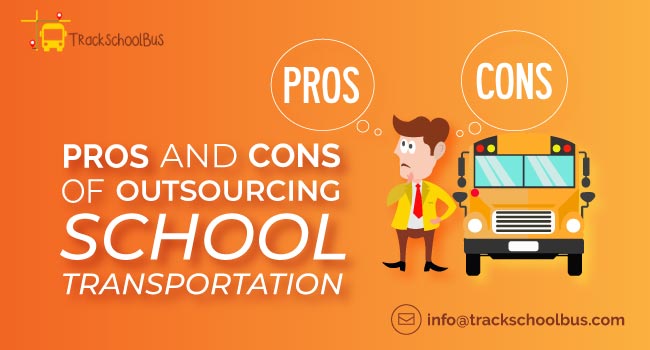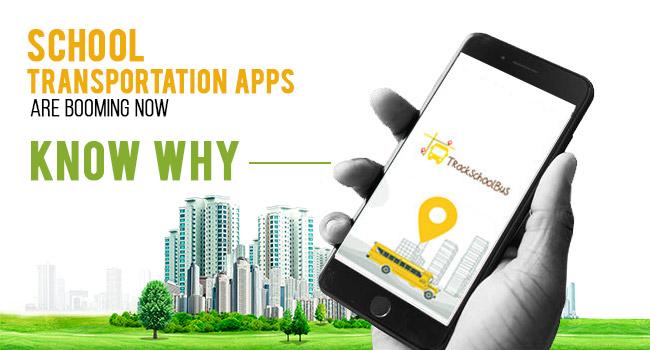In today’s world, parents struggle to find a balance between the conflicting schedules of their children and their own. A child’s daily schedule might include being picked and dropped from pre-school.
Later in the day, the child might need to go for extra activities like Sports, arts or language classes. The different timings and locations make it hard for busy parents to pick and drop them from school and from the other varied activities.
Read Also: 9 Ways To Reduce School Bus Transportation Costs
A solution to this wide-spread problem would be a trusted and viable source of transport which would reach the children to various places at the right times and bring them back home safely.
This type of service would be of great help to working parents who cannot take time off to take their children around.
1. Business Plan
Starting a children’s transport business is like running any other business. The business involves more than picking up and dropping children.
The key to success lies in marketing the idea and finding the right users. A research will reveal the markets that can be tapped for business.
The idea or motive behind starting a business should be the lifeline of the business. In children’s transportation business is customer and service driven.
A service that offers something different, from what the specific or similar industry do, will make it stand apart.
A plan detailing what ages and areas are to be served, hours of operation, fee structure, finances have to be drawn. A well written business plan will serve as a reference for future checks throughout the year.
Structure of the business will depend on whether it is a partnership or sole proprietorship. Once the structure is finalized local and state licenses, tax identification numbers and other legal requirements have to be applied for.
Sufficient capital is required to pay expenses until the business becomes profitable. These funds come from own savings, friends or private investors. Bank loans can be availed to start the business.
When executing you enter the market in a low or medium key. It can be further expanded depending on the response.
Workspace can be one’s home or space shared with another business or a leased office. Customer is the key to any business.
2. Objective
The objective of a transportation business catering to children should be to provide a safe and convenient method of transportation. It should be licensed, reliable and available to parents at reasonable prices.
The aim of the business is service. The children’s transportation business is service driven offering maximum satisfaction to customers. The priority is to become a trusted source for parents to rely on.
3. Market
Children’s transportation service is required and highly essential for any child activity that does not have its own form of transport.
Day-care facilities, pre-school, activity centers, recreational arena that do not provide transport facilities can be targeted for business.
Periodical agreements with them will assure a minimum number of children availing this service.
The market should be focused on the middle class working parents, both single and dual. This segment of the population is found to be the most active and so are their children.
The working parents are interested in activities to keep their children occupied. Their children avail day-care services summer schools and sports activities.
Households with children under the age of 18 have to be targeted. The Organizational focus should be on children. Their safety and welfare should be the priority.
Densely populated residential areas which are in proximity to the day cares or activity centers can be identified as the area of operation. A specified radius in kilometers can be fixed within which the transport can be used.
4. Promotion
Formal introduction letters giving an explanation of the services provided are to be mailed. A request to respond if interested is to be included.
The letters can be sent to households in the vicinity identified for operation. They can be sent to day-care owners, pre-schools, recreational activity centers.
The brochure must include operational information required by the clients. It should include the features and benefits of using the service.
Rules and regulations, hours and rates should also be mentioned in detail. Description of your qualifications, the process of selection of drivers, reliability and safety of vehicles can be mentioned.
Advertisements can be inserted in the local publications. As a part of personal selling, parents and schools in the community can be made aware of the existence of the intended service.
Creating special offers for the first time users and repeat customers can ensure customer loyalty.
5. Vehicle Selection
The type and size of the vehicle needed is to be decided initially. Mini-vans are easy to maneuver in traffic but the number of seats may be limited. Small buses require special operating licenses but can carry more passengers.
Mini-vans which meet the federal safety standards are a good option to ply in populated areas.
Child safety features of seat belts, safety locks, shoulder harnesses and dual airbags are a must and should be provided in the vans.
Stringent maintenance schedules have to be adhered to ensure that the vehicles are safe and reliable to travel.
Read Also: School Students Using Public Transportation – Pros and Cons
GPS units and radio communication equipment in the vehicle would be an added advantage. If special needs children are served handicap capable vehicles would be needed.
6. Staff
Every business has two main aspects. One is the customer and the other the employee. If attractive benefits are offered to employees they will take care of the customers.
If interesting options are provided to customers they will use the service which leads to increase in profits.
If the business has to run smoothly, dedicated employees should be hired. Hiring good people will increase productivity.
They will cause less trouble. It is important that they are paid on time, appreciated in public and reprimanded in private.
In a children’s transportation business the driver is the main employee. He is the one in constant interaction with the children, their parents and the owners of the business. So hiring competent drivers is the first step to ensure success.
Drivers with a valid chauffeur’s driving license are to be recruited. A background check has to be done. They should have had previous driving experience withexcellent track records.
They must have a First aid and CPR certificate. They must be genuinely interested in the care and welfare of children.
Other employees too should be chosen carefully as they are the ones who talk to customers. They should be easily available and should make the customer feel important. They should be capable to respond to requests as soon as possible.
Employee training and monitoring are very critical to providing an excellent service to customers. Background checks are done for all employees. All employees have to be trained in customer service and office procedures.
Drivers need to work with parents while establishing routes. They have to keep a detailed record of pick-ups and drop-offs. A time log, records of distance and fuel consumption are essential.
They have to have good time management to be punctual at all times. They have to be patient with children. They should be able to handle the pressure of traffic outside and also the screaming and noisy kids inside the vehicle.
Periodic feedback from the users is to be sought to ensure that the service is to the satisfaction of the customer. Any shortcomings need to be addressed with minimal delays.
Checking constantly or on a daily basis with the drivers and employees on what they require to perform better is essential. Resources have to be provided so that they can to do their job most effectively.
7. Vehicle Utilization
The vehicles can be utilized to transport children during the peak times – early morning 7-8am, mid-afternoon 11-12 and evening 3-5pm. Routes can be charted taking into account the number of children and destinations.
During non-peak hours administrative and marketing work can be done. The vehicles can be used to run emergency trips to clinics with sick children or for prior appointments.
8. Fee Structure
Rate schedules should be handed over to parents once they have enrolled their ward for the service. Detailed rates for scheduled and un-scheduled one-way trips and round trips and for extra miles have to be shown on the rate schedule. Any discounts for siblings and incentives of extra rides have to be mentioned.
Fees should be taken in advance. Payment can be made in cash or by cheque. Credit cards can be accepted if required.
9. Operating Expenses
A detailed record of day to day expenses has to be maintained. A competent accountant can keep track of the progress and problems of the business in real time.
In addition to the wages of the staff, the budget should include the cost of maintenance of the vehicle, regular cleaning charges of vehicles and fuel costs.
10. Special Requirement
Some states stipulate other requirements to operate in their areas.
Safety concerns require photo identities of the children. The necessary equipment and camera to create the ID cards will be required.
Liability insurance to cover vehicles, employees and passengers are required.
A thorough screening for drugs and background check for all employees including drivers have to be done.
Fingerprint clearance is required by many states if working with children. This is to ensure that the employees are not a threat to the safety of the children.
The business allows the advantage of being your own boss. The service offered is highly needed and appreciated. The business is ideal for at-home parents and those who love children or special needs children.
Read Also: Pros And Cons of Outsourcing School Transportation
The business can be expanded if required. At the beginning it would be advisable to concentrate on hiring the right people. Later on, when a good customer base has been formed and goodwill is attained, professionals can be hired and advanced technology can be used to manage the business.
The adverse factors are driving in bad weather, high insurance rates and distractions from boisterous children.
A friendly and efficient child transportation system will offer parents the comfort of knowing that their children are in the best hands.



















